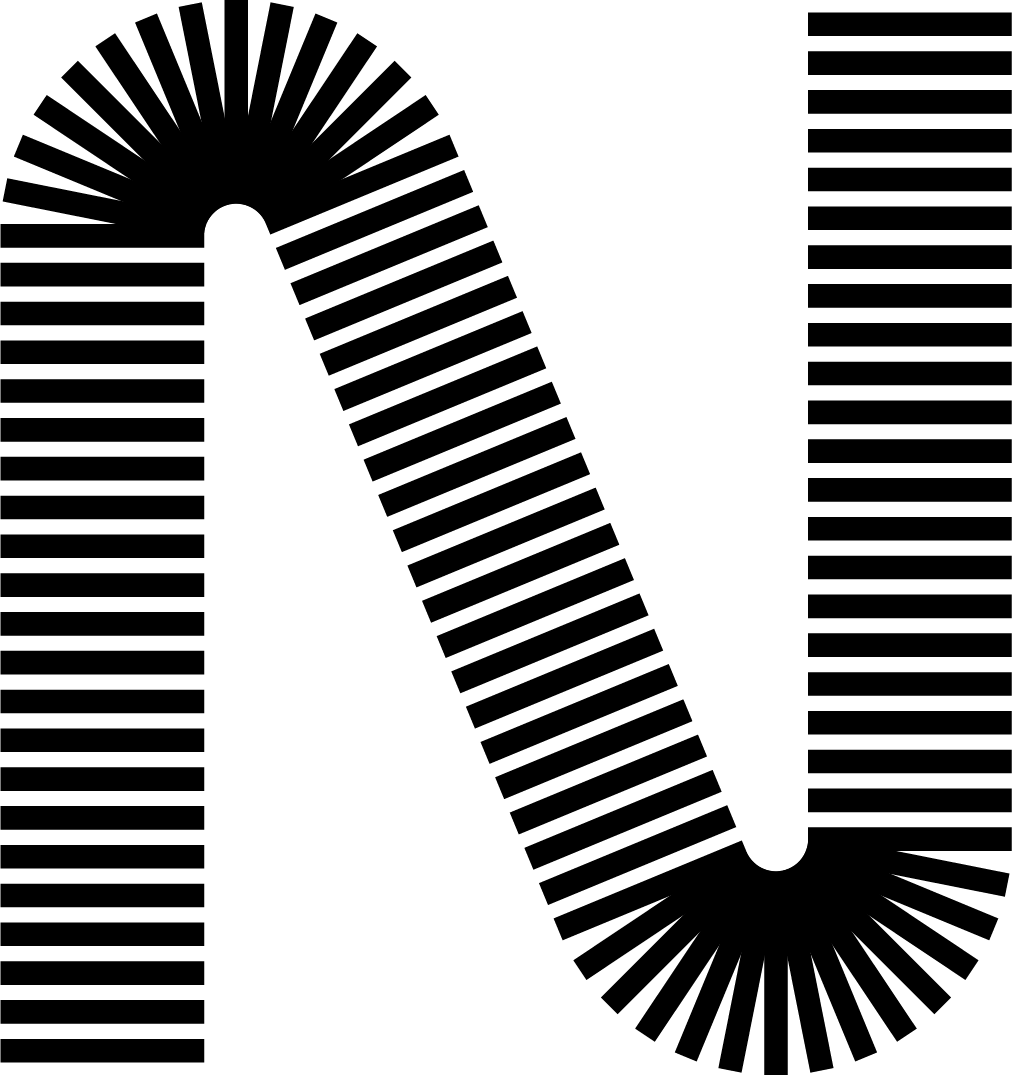
- Caminos Australes by Martín Gubbins (Ediciones Impresionante, 2019)
Special edition of 3 copies of the book Caminos Australes, each one in a container box made by Olaya Balcells that also includes a silkscreen painting on nylon and a book object, both by Martín Gubbins, made with different types of plastic materials such as those seen in the construction of the Carretera Austral. Nylon of the type used to build tents with branches by the workers; yellow plastic from the rain suits they used as the only element of protection; plastic from rubble sacks used as part of the project to collect samples of gravel from the Carretera Austral.
The book itself was made in two editions of 7 numbered and signed copies each. An artist’s proof and the so-called “Edición 1 Impresionante”.
This object book was the result of the research project Caminos Australes, developed by Martín Gubbins during 2019 as part of an artistic residency of the author at the Núcleo Lenguaje y Creación of the Faculty of Architecture, Design and Construction of the Universidad de las Américas.
2. Shabab by Michel Tumani (Minigolf deportivo, 2023)
The photographs in this photozine were shot on 35mm film during August 2018, while volunteering for Skatepal in the towns of Asira Al-Shamaliya, Jayyous and Bethlehem, all occupied Palestinian territories. Skatepal is a non-profit organization that works with communities of children and youth in Palestine, using skateboarding as a creative tool to relieve stress, build self-esteem and confidence, as well as lasting friendships around a sport that does not discriminate in age range, social class, race or gender. This photozine is a testament to the abundant life and culture that inhabits Palestine.
3. LINEAL by Catalina de la Cruz (Taller libros fotoquímicos, 2019)
LINEAL is a photochemical book part of the DESERT BOOKS series by Chilean artist Catalina De la Cruz.
The series consists of six photochemical artist’s books proposed as six approaches through the deserts of Chile and Peru. They are borderline spaces of resistance, where structures, traces, nature and cultures survive, addressing chromatic, graphic, architectural, spatial and referential problems of landscape. Each book synthesizes in a different way the idea of landscape in transit and images that escape. It is based on the idea that landscape does not exist as a descriptive and immobile postcard, but rather is constructed from different fragmented, ethereal, mobile, ephemeral, dazed and blurred images that are joined together to form a unique and new experience.
4. Novela/VIA by Fernando Pérez Villalón (Libros del Pez Espiral, 2018)
novela / VIA is a book-object consisting of a folded and sealed envelope containing the two texts that give it its title. The first of them, novela [novel], is a series of seven poems that dialogue with the style of adventure novels read by children at the end of the last century, and in which the register of the far west, orientalist exoticism, pirate and musketeer stories are intermingled, accompanied by a drawing and several illustrations by the artist Marcos Sánchez.
VIA is a collection of eight poems evoking a train journey, written in the form of the Chinese regulated octet of the Tang dynasty (lüshi). Each text has four pairs of verses, two of which must be parallel. The diptychs can be read vertically or horizontally.
5. Del viaje, el vuelo II by Javiera Pintocanales, Georgina Aspa (Self-publication, 2011)
From the word travel comes the series of definitions that write the script of this artist’s book. A series of words builds a sequence through the pages:
del viaje, el vuelo
del vuelo, las alas
de las alas, la pluma
This script is the initial and unique text of the book and generates a journey from the images that illustrate it. Thus, there is a succession of prints and drawings of pairs of wings, until it reaches its constituent element, the feather.
In accordance with its content, this book is formally a winged object whose covers unfold like wings. The construction of these wings is such that when they are folded, they allow the book to be read correctly and are contained within the perimeter of its dimensions, and when they are unfolded, their real volume and wingspan unfold, doubling the original size of the book. In this way, through a series of folds, we manage to go from flatness to volume.
The book constructs two moments that first place the object as protagonist and then its content. The first occurs when the wings unfold and puts the contents of the book in the background, and the second occurs when the wings are folded, allowing us to go through the pages of the book and dwell on the expressive richness of its images.






 No products in the cart.
No products in the cart.